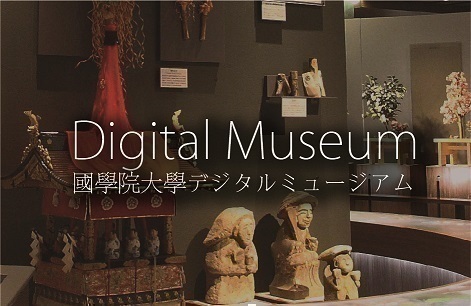- トップ
- Encyclopedia of Shinto
- Joyasai
Encyclopedia of Shinto
| Main Menu: | |
| Links: |
詳細表示 (Complete Article)
| カテゴリー1: | 5. Rites and Festivals |
|---|---|
| カテゴリー2: | Rituals in Daily Life |
| Title | Joyasai |
| Text | An event held at a shrine during the night on December 31st, New Year's Eve (ōmisoka). Also called the toshikoshi matsuri (lit., "crossing the years festival"). Joya refers to the "night" of "jonichi," which in turn is another word for ōmisoka. Until the late Kamakura period, an exorcism ceremony known as tsuina would be performed by a yin yang master at the Imperial Court on the eve of the New Year. Even after tsuina came to be held on setsubun (the final day of winter) in the Muromachi period, a toshikoshi ritual would take place on New Year's Eve. From the Meiji period, these New Year's Eve events became formalized as the joyasai. There is also a Buddhist practice of striking the joya bell on New Year's eve to eliminate the various defilements at the root of all suffering, but this ritual began with the Edo period. Among the general populace, the custom of toshikomori—in which, after having completed preparations for welcoming the toshigami, people would retreat into a shrine at sundown and emerge in morning to greet the first day of the New Year—became widespread. This custom is thought to have originally been intended as a form of monoimi (a ritual period of abstinence) to spiritually cleanse oneself for the New Year. One also often sees at shrines the lighting of large fires around which people sit through the night in a sleepless vigil. Furthermore, various other events are held at shrines that differ from place to place, such as rites to ward off the kami of epidemic and blight, or ceremonial offerings of firewood to the gods. In recent years, the pattern of visiting a shrine or temple on New Year's Eve followed the next day by visiting a shrine for hatsumōde has become the most common, and the meaning of performing toshikomori on New Year's Eve has been fading. — Endō Jun |




